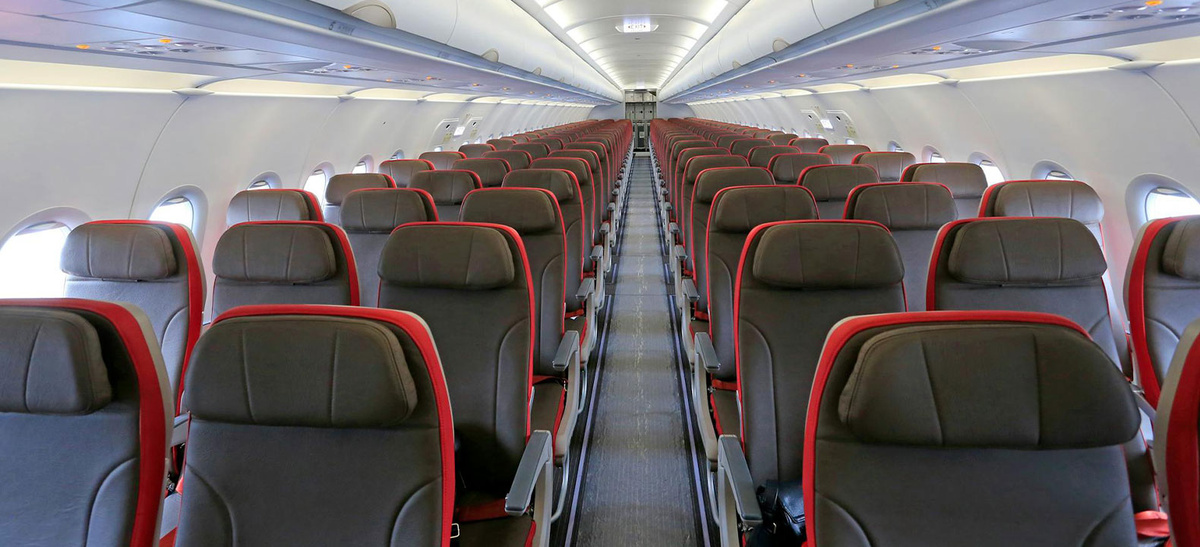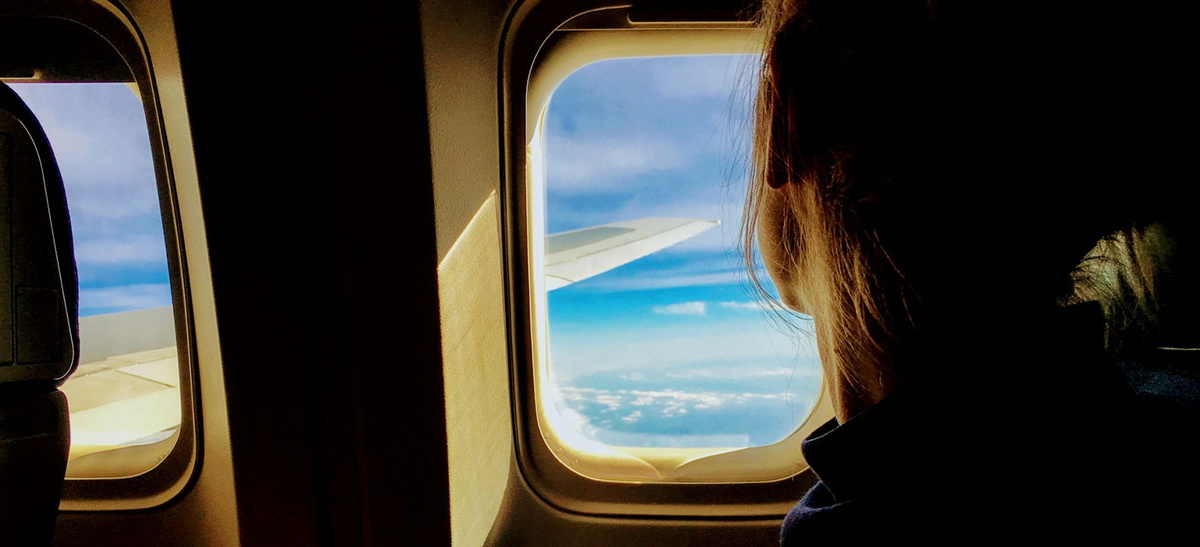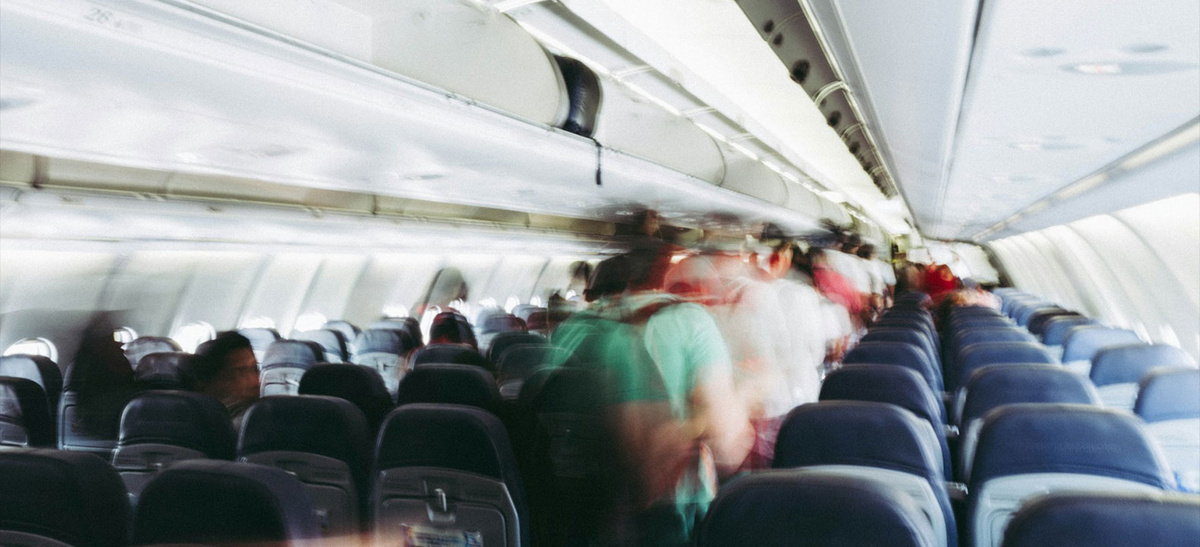
Best Seats on a Plane: How to Choose the Perfect Spot
When booking a flight, whether online or through a travel agency, you eventually reach the point where you need to choose your seat. It's often a tough decision that largely comes down to personal preference. In fact, there isn’t one best seat for everyone—each person has their own preferences. Some opt for aisle seats for easier access or a greater sense of space, others choose window seats to enjoy the view during landing, and some prefer seats at the back to avoid having anyone behind them.
Then there’s the question of safety: which seats are the safest? And which ones experience the least turbulence? Follow this guide as we explore various factors to help you choose the best seat on a plane for your needs, whether for domestic or international flights.
Understanding Airplane Seating Layouts
Before selecting a seat, it helps to understand the typical seating layouts of different aircraft. Airlines use various configurations, so checking the specific plane model for your flight can give you insights into seat options.
Most travelers fly in economy class. Finding the best seats on a plane in economy can enhance your comfort during the flight. For instance, you might look for seats with extra legroom or near the front for a quicker exit upon landing. If you're on an international flight, upgrading to Business or First Class can provide additional comfort with wider seats, more reclining, and better service.
The Best Seats for International Flights
Long-haul flights require more consideration due to the extended time spent in the air. Here's what to look for:
Extra Legroom Seats: Exit rows or bulkhead seats often offer more space to stretch your legs, making them ideal for longer flights.
Aisle vs. Window Seats: If you prefer easy access to the aisle for stretching or restroom breaks, choose an aisle seat. Window seats are the best for those who enjoy looking out the window or prefer to lean against the wall to sleep.
Seat Location: Sitting near the wings, roughly in the middle of the plane, can provide a relatively smoother ride and is considered the least turbulent part of the plane.

Traveling with Infants and Newborns
Parents with infants might find bulkhead seats particularly suitable. These seats often have more room and can accommodate a bassinet, making them ideal for families needing extra space. Being close to restrooms can be convenient for diaper changes, allowing quick access when necessary, but it may increase foot traffic and potential noise.
It's also beneficial to ask the airline staff for any accommodations they can provide to make your journey with a newborn more comfortable. They may assist with seating arrangements or offer additional support to ensure a smoother experience for you and your child.
Safety Considerations
While flying remains one of the safest modes of transportation, some passengers prefer to choose seats they perceive as safer to enhance their peace of mind during the journey. Safety can influence where you sit on the plane, even if the statistical differences are minimal.
Safest Place to Sit on a Plane
Some studies suggest that the rear of the plane might offer a slightly higher chance of survival in the unlikely event of a crash. This perception is based on analyses of past incidents where passengers seated at the back had better outcomes.
Additionally, opting for an aisle seat near an emergency exit could provide an advantage, as it may allow for a quicker evacuation during an emergency. Being closer to an exit means fewer obstacles when every second counts.
What Part of the Plane Is the Safest?
The area over the wings is often considered structurally stronger because the wings are attached to the fuselage at this point, providing additional reinforcement. Sitting in this section might offer added protection due to the plane's structural design. However, it's important to remember that modern aircraft are engineered with safety as a paramount concern, so every section meets stringent safety standards.
Most Dangerous Place to Sit on a Plane
Some believe that the front rows of the aircraft, often occupied by first-class seats, might be less safe in certain types of accidents. This belief stems from the idea that the front of the plane could absorb more impact in a forward collision. However, aviation experts emphasize that each incident is unique, and many variables affect outcomes. No seat can be deemed definitively the most dangerous. Choosing a seat should balance personal comfort with peace of mind.
Additional Considerations for Seat Selection
Several additional factors can influence your comfort during the flight when selecting a seat.
Noise
Noise levels on the plane vary depending on your location. Seats over the wings may experience more engine noise, which could be bothersome if you're sensitive to sound. In contrast, the front and back of the plane tend to be quieter. However, seats near galleys or lavatories might have increased noise due to crew activities and passenger movement.
Temperature
Temperature variations are another aspect to consider. The back of the plane can sometimes be cooler than other areas, so if you're sensitive to lower temperatures, you might want to dress accordingly or choose a seat elsewhere to stay comfortable throughout the journey.
Overall Comfort
Seat recline and overall comfort are also important. While exit rows provide extra legroom, some seats may have limited recline, affecting your ability to rest comfortably. Seats in the last row often don't recline and are situated near lavatories, which can be inconvenient due to increased foot traffic and potential odors.

Turbulence and Flight Experience
Turbulence is common during flights, caused by various atmospheric conditions like air currents, weather patterns, or flying over mountainous regions. Many passengers wonder whether turbulence is worse in the back of the plane. The aircraft's rear tends to experience more up-and-down motion, making turbulence feel more pronounced. This increased sensation is because the aircraft's tail swings more during turbulent conditions, leading to a bumpier ride for those seated at the back.
In contrast, seats over the wings are closest to the plane's center of gravity and center of lift, providing a smoother experience. Sitting near the wings can significantly reduce the feeling of turbulence, which is particularly beneficial for passengers prone to motion sickness. Choosing a seat in this area can make your flight more comfortable, as this part of the aircraft is more stable during turbulent periods.
The size of the plane also plays a role in how turbulence is felt. Larger aircraft like Boeing 747s or Airbus A380s can absorb turbulence better due to their mass and advanced engineering. These bigger planes handle atmospheric disturbances more effectively, often resulting in a smoother flight than smaller aircraft. However, it's essential to consider that specific flight paths may experience more turbulence regardless of plane size. Routes over mountainous regions or areas known for turbulent weather patterns can lead to increased turbulence. These factors can impact your experience even on a large plane.
Best Seats to Choose on Airplane for Specific Needs
Business Travelers
Front Seats: Sitting near the front allows quick disembarkation and is valuable for tight schedules.
Aisle Seats: Easy access to move around without disturbing others.
Couples and Groups
Seat Configurations: Look for rows with two seats on the side to sit together without a stranger next to you.
Middle Section: For groups of three or more, middle rows can accommodate everyone together.
Tall Passengers
Extra Legroom Seats: Exit rows, bulkhead seats, or premium economy offer more space.
Consider Seat Width: Some seats may have immovable armrests, affecting comfort.
Flight Cancellations, Delays, and Overbooking: Impact on Seat Selection
Even with the perfect seat, unexpected flight cancellations, delays, and overbooking can disrupt your plans. Knowing your rights is essential; if your flight is significantly delayed or canceled, you may be entitled to compensation. To minimize delays, consider choosing early morning flights and direct routes, as they are less prone to disruptions.
Overbooking is common, so protect your seat by arriving early and checking in online promptly. If you're denied boarding due to overbooking, you might be eligible for compensation up to approximately $650 (no more than €600). While seat selection doesn't directly affect luggage handling, sitting at the front allows you to disembark and reach baggage claim sooner, potentially retrieving your luggage before others. Front seats also offer more overhead bin space, reducing the need to check bags.